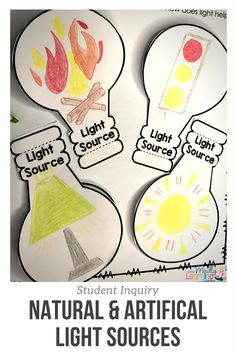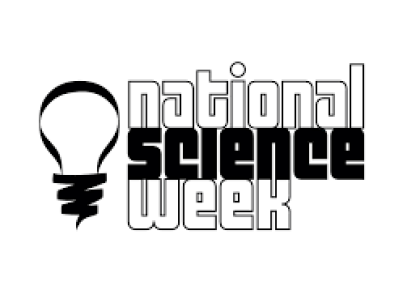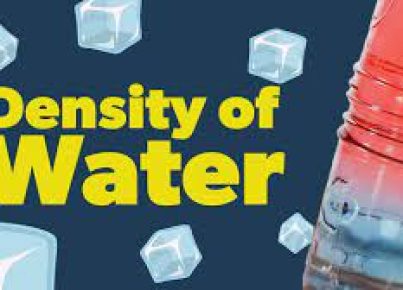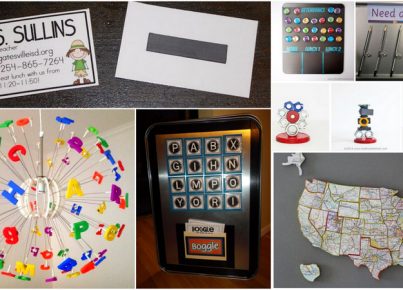The unit plan on light and sound is designed to immerse students in the fundamental principles of physics, pertaining to optics and acoustics. The journey begins with an exploration into the nature of light—what it is, how it travels, and the way it interacts with various materials. Students will investigate different sources of light, both natural and artificial, delve into the science of colors, and understand light’s critical role in sight.
Simultaneously, the unit uncovers the world of sound—its origin as vibrations, its transmission through different mediums, and its perception by living organisms. Through experimenting with pitch, volume, and frequency, students will learn to characterize sounds and comprehend their importance in communication and technology.
Curricular Objectives:
1.Define light and sound, explaining their respective roles in the physical world.
2.Explore how light behaves—reflection, refraction, dispersion, and absorption.
3.Understand the color spectrum and how human vision interprets light.
4.Examine the nature of sound waves and learn how they are produced.
5.Identify the relationship between vibration, wavelength, frequency, pitch, and volume in sounds.
6.Demonstrate the impact of various materials on the speed of sound.
Lesson Plans:
Week 1: Introduction to Light
– Day 1: What is Light? Understanding Electromagnetic Radiation
– Day 2: Discovering Sources of Light: Sunlight vs. Artificial Light
– Day 3: Hands-On Exploration with Reflection and Mirrors
– Day 4: Bending Light: An Experiment with Refraction
– Day 5: Rainbow Creation: Dispersion Through Prisms
Week 2: The World Seen Through Light
– Day 1: The Perception of Color
– Day 2: Iris Functionality and Eye Anatomy
– Day 3: Optical Illusions – How Light Tricks Our Eyes
– Day 4: Cameras and Capturing Light
– Day 5: Review & Quiz on Light Concepts
Week 3: Introduction to Sound
– Day 1: What is Sound? The Science Behind Vibrations
– Day 2: Investigating Pitch – Highs and Lows of Sounds
– Day 3: Volume Control – Loudness vs. Quietness Experiments
– Day 4: Making Waves – Visualizing Sound Frequencies
– Day 5: Crafting Instruments from Everyday Objects
Week 4: The Application of Sound Science
– Day 1: How Different Materials Affect Sound Propagation
– Day 2: Echolocation – How Animals Use Sound to Navigate
– Day 3: The Digital World – An Intro to Audio Recording & Editing
– Day 4: Communication Technologies Reliant on Sound
– Day 5: Review & Comprehensive Unit Test on Light and Sound
Assessment Methods:
Student understanding will be gauged through a variety of assessments:
– Quizzes at the end of each week to recapitulate key concepts.
– Practical demonstrations during hands-on experiments to ensure grasping of scientific processes.
– A final test combining multiple-choice questions, short answers, and practical problems.
Conclusion:
Through this interactive unit plan on light and sound, students not only gain theoretical knowledge but also hone their investigative skills by engaging with real-world phenomena. This comprehensive approach ensures a deeper appreciation for these omnipresent elements of our daily lives while laying a strong foundation for future scientific learning endeavors.





